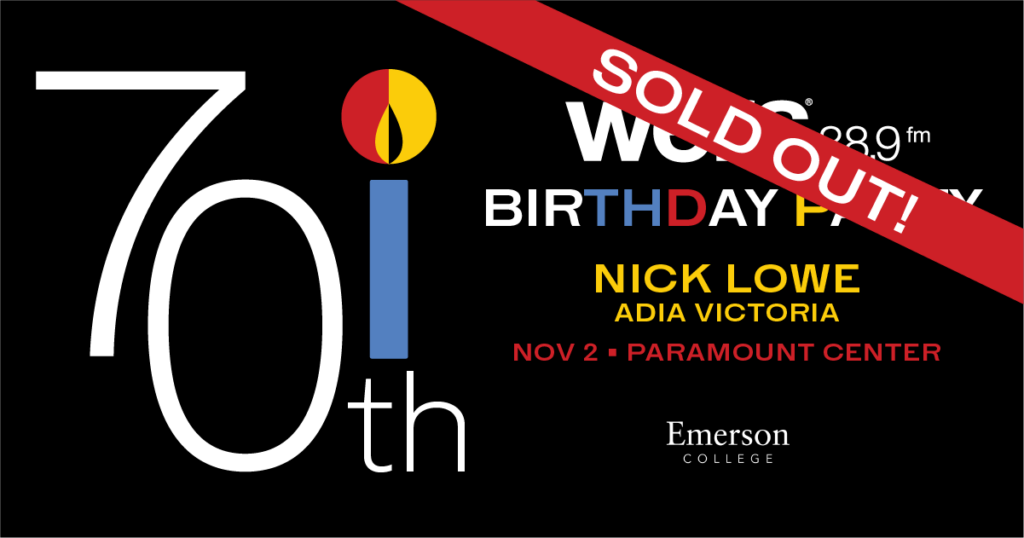By Xan Bero
Boston’s very own Coolidge Corner Theater located just off the Green Line has once again proven its dedication to the art of cinema. It recently became one of four theaters worldwide to showcase Paul Thomas Anderson’s One Battle After Another in its original VistaVision format. For film lovers in the Boston area, this marks a rare and historic event. Films shot in Vistavision are almost never screened in its original format, making this a huge milestone for both cinephiles and Boston’s cultural scene.
The Coolidge Corner Theater opened in 1933 and has since been a cornerstone of Boston’s film community. The Coolidge is known for its independent, foreign, and classics screenings. The theater has continued to preserve analog techniques even when digital formats dominate the industry. The theater is dedicated to screening 35mm and 70mm as well as cult classic films. Hosting a VistaVision screening further cements its reputation as one of the leading art-house theaters.
The last time a film was created and projected in VistaVision was 1961. At first there were only three locations in possession of the VistaVision print of One Battle After Another: New York, Los Angeles, and London. According to Henry Bova of the Boston Globe, Coolidge Corner was able to get ahold of a fourth print as Paul Thomas Anderson himself described Coolidge as one of his favorite theaters and personally wanted it to be projected there.
What is VistaVision?
VistaVision is a widescreen variant of the traditional 35mm film format created by Paramount Pictures in 1954. The VistaVision process involves rotating the film stock to be on its side so that perforations are on the top and bottom rather than the right and left like traditional 35mm. This allows for a much larger image area, resulting in sharper resolution, finer grain, and a wider aspect ratio. Paramount created this format to compete with other wide screen formats such as Cinemascope.
VistaVision became the choice for several well known mid-century films such as Alfred Hitchcock’s Vertigo (1958), and North by Northwest (1959),These films showcased extreme clarity and color depth. However, despite its visual advantages VistaVision did not last long as a popular format. Marlon Brando’s One Eyed Jacks (1961) became the last film shot and screened in VistaVision format until now.
In recent years, there has been a significant revival of VistaVision with modern filmmakers who value the analog format. Brady Corbet’s Oscar nominated film The Brutalist was shot with VistaVision format and Barbie (2023) director Greta Gerwig reportedly plans to film her adaptation of C.S. Lewis’ Chronicles of Narnia in VistaVision. However, it was not until Paul Thomas Anderson’s One Battle After Another that the format has been publicly screened again since 1961.
How did Coolidge Corner prepare?
Very few theaters in the world are capable of projecting VistaVision films today due to lack of equipment to project the film correctly. Coolidge Corner did not have the suitable equipment on hand and had to borrow it from the George Eastman Museum in Rochester, New York. The projectors loaned to Coolidge are original VistaVision projectors that are believed to be first prototype machines made by Century Projector Corp in the 1950s, according to Coolidge Corner. Before the screenings began, the machines went through an extensive restoration process by Boston Light & Sound, ensuring each frame of the film would appear as intended.
The setup required careful consideration and technical support. Transporting and installing the projectors was a complex process due to their size, age, and delicacy. Once the projectors were fully installed the projection team had to spend hours adjusting the focus, alignment, and light balance. The effort was definitely worth it, when the lights dimmed and the film began, with a deep vivid image the projection felt almost three-dimensional.
Theater-goer Reactions
I had been to Coolidge Corner Theater before, usually for small indie films with few attendees. This time however, the energy was completely different, not a single open seat in sight the theater buzzed with anticipation. Cinephiles of all ages filled the theater thrilled to be a part of this exclusive screening event. People were whispering about how excited they were to be a part of this screening and the second it began, the audience was in awe. The film was crisp, clear, and visually mesmerizing. I heard the man seated beside me go “wow” as soon as the screen lit up. Throughout the screening there was a sense of communal awe, not only an appreciation for Anderson’s storytelling but for the physical image of the film itself.
Events like this highlight the continued appeal of analog film in an era dominated by digital streaming. Coolidge Corner’s commitment to hosting these screenings connects Boston to a global movement of filmmakers and audiences determined to preserve the art of traditional film making and projecting.
It is very cool to see Boston involved in the “obscure” film scene and making it accessible to anyone willing to make the trip. The Coolidge Corner Theater VistaVision showings of One Battle After Another went from September 25 through October 22. For film lovers it is not just a movie, it is a rare chance to step into cinema history, it is definitely an experience worth attending.


